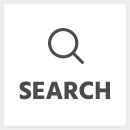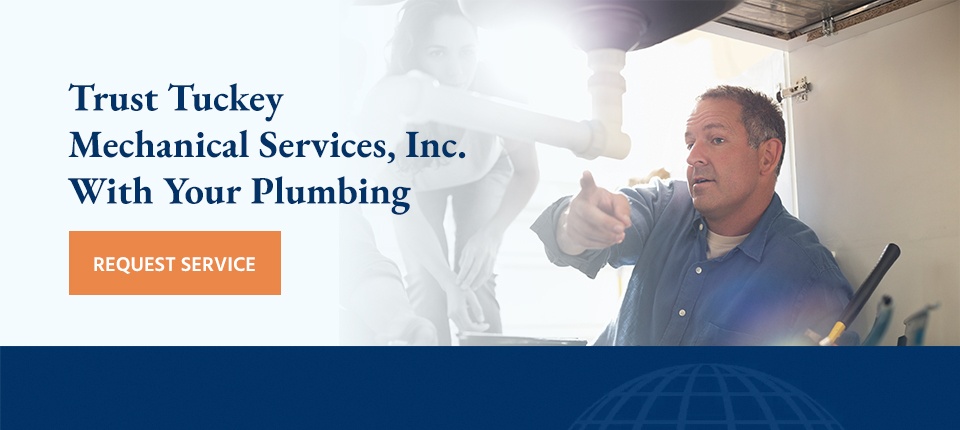What Is Backflow Prevention?
July 11, 2023 | 5:41 pmBackflow prevention protects a clean water supply line from contamination by ensuring it does not connect with a dirty water line. Water polluted by backflow can potentially cause health issues and damage your property. Business owners and homeowners must understand how backflow prevention works, how it can be achieved and the importance of backflow testing.
This guide walks you through everything you need about backflow prevention and the devices you need to ensure the water in your home or business is safe and clean.
 What Is Backflow Prevention and How Does It Work?
What Is Backflow Prevention and How Does It Work?
Backflow is when compromised, or “dirty,” water flows in the reverse direction, contaminating clean water. Backflow can happen in cross-connections between non-potable and potable water lines. Dishwashers are a good example of this. When the water from these lines meets, water is unsafe for consumption. If contaminated dishwasher water mixes with your clean water line, it pollutes your drinking water.
Two types of changes in water pressure cause backflow — back siphonage and back pressure. Back siphonage is a result of negative pressure in the supply system. An unexpected decrease in pressure in a supply system might result in water from the sewer line being pulled back into the clean water line. Back siphonage is typically caused by breakage on a water main.
Back pressure is when wastewater systems have more pressure than incoming freshwater lines. A pressure decrease in the supply line is likely to cause back pressure. Pressurized systems like elevated tanks, boilers, sprinkler systems, power washers and pumps are most vulnerable to back pressure.
Backflow prevention devices keep potable water supplies safe from backflow contamination. A backflow preventer installed in your property’s water pipes allows water to flow in only one direction, stopping it from flowing in the opposite direction. This device eliminates the risk of backflow affecting your water supply.
Dangers of Plumbing Backflow
Low-hazard backflow incidents are when the water’s appearance shows pollution, but it is unharmful and safe for consumption. High-hazard incidents are when the water is made toxic and unsafe for consumption and seriously threatens those exposed to it. The biggest problems that backflow causes are property damage, health risks and water contamination.
Importance of Backflow Prevention Valve Testing
Backflow preventer testing determines if there are any backflow problems and, if there are problems, finds the cause. For proper testing, you must temporarily turn off your water service. Testing is best done with a professional’s help. They will help you disconnect everything properly and perform a thorough backflow test. Annual backflow prevention testing is required of homeowners and business owners alike in some municipalities or states. Check with your local borough, township, or city – or relevant state authorities – for compliance requirements to which you may be subject. Even when not required, it may still be wise to perform annual testing.
The process generally involves a technician and a plumber. The plumber arranges your temporary water disconnection while the technician operates your backflow device’s valves. The plumber marks down pressure measurements to find any pressure changes. The technician then reactivates the device. It may sound simple, but every step must be performed just right.
Common Problems With Backflow Preventers
Backflow preventers are good at doing their jobs. However, people can encounter some common issues while using them. Knowing the usual problems associated with backflow preventers will help you troubleshoot should you ever encounter them. These are the three most prevalent backflow preventer issues:
Uneven Water Pressure
Water enters through the relief valve and flows down the line. From that point, an elastic component pushes the flowing water upward until it reaches the relief valve disc. If this disc is damaged, it will be unable to push the water upwards, and the pressure will start to build. This can affect your water pressure. Ensure the disc is aligned and the pipe is clear to avoid or solve this problem.
Leaking Water
Backflow preventers are prone to leak after regular use. Thermal expansion, changes in water pressure and collected dirt wear down the device’s durability over time. Water leaks can affect your plumbing system, increase your water bill and damage your property by causing mold and mildew to grow. To fix this problem, you need to find the source of the leak.
Shut off the water so you can find where the device is leaking or adjust the shut-off valves. Once you’ve located the source of the leak, you can determine what needs to be repaired. If the problem persists, consider calling a professional to help you.
Slow Drainage
A backflow preventer aims to maintain a stable water flow. Damaged devices or clogged pipes can result in drain buildup and leave a mess in your bathrooms, kitchen or breakroom. Other water fixtures throughout your property may also be affected. Cloudy or discolored water is an indicator of slow drainage and suggests that you should either replace your backflow prevention device or call a professional. Slow drainage can contaminate your drinking water, leading to health issues like diarrhea, stomachaches and nausea.
Types of Backflow Prevention Devices
Three types of backflow prevention devices are available to ensure your water line remains safe and clean.
Air Gaps
Air gaps are installed in sinks to prevent debris from entering your dishwasher or drinking water. As the name suggests, they form air gaps between the water outlet and the flood levels of dishwashers. Air gaps prevent backflow from occurring in an easy-to-use and cost-effective way. Using an air gap to separate the hose that runs to the drain from the hose with the dirty water eliminates the risk of backflow.
Vacuum Breakers
Vacuum breaks, also known as atmospheric vacuum breakers (AVB), prevent backflow in faucets, hoses and spigots. AVBs are equipped with a check valve that opens and closes an air vent when the water system loses pressure. While open, the air vents break the vacuum to seal off the water supply line. This prevents back siphonage when water pressure in the supply line is lost.
Check Valves
This device ensures water only flows in one direction. They open and close based on the water pressure on either side of the check valves. The valve opens when the pressure is higher on the incoming side so the water can flow normally. When the pressure on the output is higher than the input side, the valve will close, eliminating the chance of contaminated water flowing into the clean water line.
Trust Tuckey Mechanical Services, Inc. With Your Plumbing
Tuckey Mechanical Services is the plumbing services company you can trust. Homeowners and business owners in South Central Pennsylvania can rest assured that their properties are in good hands regardless of the job. We provide plumbing services of all types, from installing backflow preventers to servicing water heaters. Keep your water safe from backflow contamination by working with us, and we will help you with anything relating to backflow testing and prevention.
Contact us for a quote and to find out how we can help you out.
All material Copyrighted (c) by the Tuckey Companies, 2025.





